Chlorine dioxide is a disinfectant, antioxidant, biocide, and most powerful when making water safe for drinking both municipally in water treatment and distribution facilities and as a water purifier in the field where one might encounter questionable water sources that may otherwise not be safe to drink.
Chlorine dioxide has been recognized as the most effective method of sanitizing water for a hundred years. It is used in commercial water treatment, as well as by exploration teams, the military, outdoorsmen, campers, and hikers. It is available commercially in 50-gallon drums or in a convenient to use twin pack for easily carrying in your bag or on your person.
The two-part solution, such as NACS Water Purification Drops, includes Part 1 (sodium chlorite) and Part 2 (acid activator). When combined and allowed to activate for 30 seconds, chlorine dioxide is the resulting chemical. Added to water, chlorine dioxide eliminates or neutralizes all known pathogens, toxins, bacteria, viruses, parasites, biofilms, and heavy metals.
Selective Properties
Chlorine dioxide (CD) is primarily used in water treatment because it is easily mixed with water without hydrolyzation and due to its selective properties, it effectively kills harmful bacteria but does not have any effect on beneficial bacteria.
Other popular uses associated with water include wastewater treatment, cooling towers, utility water, potable water, swimming pools, and water parks.
EPA and OSHA
Authorized by the Environmental Protection Agency for the treatment of water commercially, the EPA enforces a 0.8 PPM (parts per million) concentration for municipalities, and the Occupational Safety and Health Administration (OSHA) imposes an 8-hour exposure limit for those working around chlorine dioxide as a safety standard.
Industrial use of chlorine dioxide is mostly for treating equipment and flat surface areas to keep them free from bacteria, toxins, viruses, and biofilm buildup. You will find it in use in factories, hospitals, and in hospitality to keep the public protected from potential disease-causing contamination.
Food Processing
All types of food handling from harvesting, cleaning, processing, packaging, shipping, and open displays are treated by chlorine dioxide to kill pathogens and keep the food products safe for human consumption. This includes fruit, vegetables, dairy, beverages, and meats, including pork, poultry, and seafood.
Due to risk of explosion, chlorine dioxide gas cannot be stored over long periods of time, that is why it is commonly made on site and utilized withing a reasonable amount of time. Also, non-toxic chlorine dioxide does degrade over time losing its efficacy if stored. Once deployed it simply reduces to simple saline solution (salt) which is why it is not required to be rinsed following spraying of food products.
Chlorine dioxide gas is considered hazardous but only exists in this state for a short period of time when exposed to air for a few minutes, or for hours in water, or soil environments.
Germicide
As a germicidal chlorine dioxide wipes out not only all types of germs but the biofilms that germs hide inside. Germs are exploded by oxidation, where unlike other oxidizers, CD has the ability to rob or add up to 5 oxygen atoms to cause demolition. This is two-and-a-half times the power of chlorine. Chlorine can kill most germs, but chlorine dioxide has the ability to destroy even the hardest to kill germs.
Also noteworthy, when comparing chlorine dioxide to chlorine, CD does not interact with organic compounds and does not create a carcinogenic byproduct like chlorine does. This means there is no toxic residue which could potentially be dangerous to the environment.
In cost comparison to chlorine, chlorine dioxide is more expensive, but the benefits of being the most effective pathogen killer known to man outweighs the cost, when killing harmful bacteria, fungus, germs, parasites, and viruses, especially powerfully resistant ones, is of primary importance.

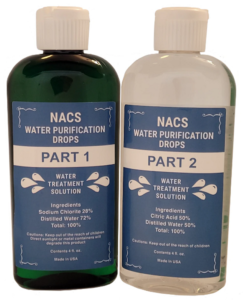
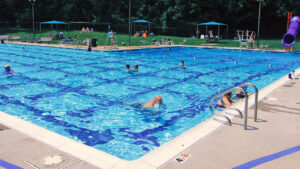


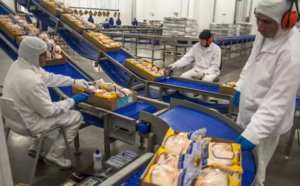
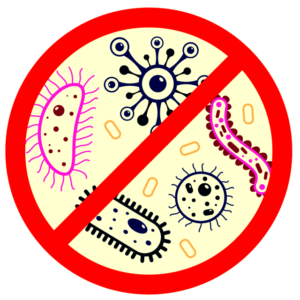
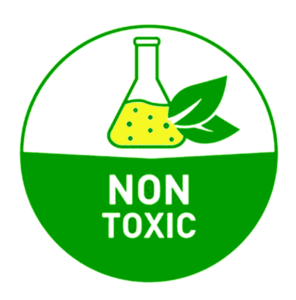
Leave a Reply